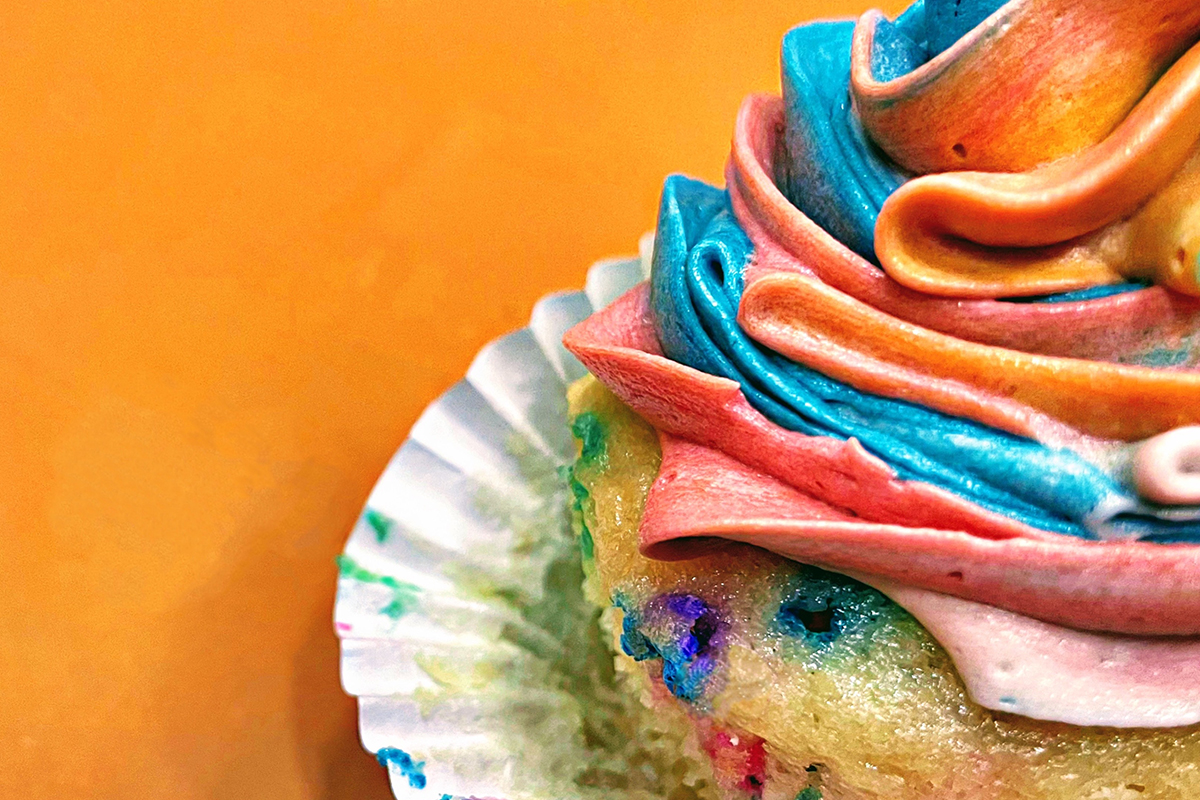
Do synthetic food colors cause hyperactivity?
Critics blame the additives for triggering behavioral problems in youngsters
Food coloring is the reason glace cherries are red rather than beige and that children’s tongues sometimes appear freakishly blue. But man-made dyes may do more than make processed food look vibrant and whimsical. Some blame the additives for triggering behavioral problems in youngsters.
Acting on research published in the Lancet, the European Parliament last year began requiring products containing synthetic food colors to carry warning labels saying that “consumption may have an adverse effect on activity and attention in children.”
Now, the U.S. Food and Drug Administration has scheduled a March hearing on whether food dyes adversely impact children’s health. The Center for Science in the Public Interest, or CSPI, is asking the agency for a synthetic food-dye ban and to place warnings on products until the colors are removed.
The dyes are often used to enhance the appearance of sugary cereals, candies, sodas, fruit-flavored snacks, fast food and other products that are aimed at children and have little nutritional value, the CSPI said in a citizen’s petition signed by 18 physicians and researchers. Since naturally derived alternatives exist, the continued use is hardly worth any potential risk, it said.
“What’s the benefit? To make junk food even more appealing to children than it already is?” asked CSPI Executive Director Michael Jacobson.
Other experts say food dyes, which require pre-market approval, are among the most tightly regulated additives on the market and there’s little evidence for the long-suspected link between food colors and hyperactivity.
“The (synthetic food dyes) used in the U.S. are absolutely safe,” said Joseph Borzelleca, a professor emeritus of pharmacology and toxicology at Virginia Commonwealth University School of Medicine. “Food colors are among the most thoroughly studied of the food ingredients.”
That hasn’t always been the case. Originally, naturally derived ingredients were used to make food look more appealing — saffron, for example, gave rice a yellow tint. In the 1850s, manufacturers began using long-lasting coal-tar dyes to brighten both fabric and food, a practice that sickened countless unsuspecting consumers.
Nearly 200 substances were in use when safety testing was finally required in 1960; only a handful survived the testing process.
Today, the nine synthetic hues approved for use in food — meaning they’ve been certified by the FDA — are used primarily to help restore the color washed away by industrial processing, even out natural variations and make foods look more appealing or “fun.”
Manufacturers also can use dyes made from plant, animal or mineral sources, such as beets, caramel color or grape color extract, but the petroleum-based colors are cheaper and can be more consistent.
“The content of a natural color like grape skin varies, depending on where they’re grown, the season, the kind of chemicals used and harvesting,” said Borzelleca. “But with approved colors you’re getting the same thing every time.”
Synthetic food colors have been suspected of triggering behavioral problems in children since the 1970s, when pediatric allergist Ben Feingold began treating allergies by putting children on elimination diets, free of both synthetic food dyes and preservatives. But Feingold’s ideas, now touted as a way to treat children with attention-deficit disorder, were never convincingly substantiated.
The issue resurfaced in 2007 after University of Southampton researchers reported in the Lancet that hyperactive behavior increased in two groups of children — age 3 and ages 8 and 9 — when they consumed two different mixtures of artificial colors, plus a preservative.
Unlike previous studies, the Southampton research found the effect in children from the general population, not just those whose parents suspected they were sensitive to food dyes. And the study didn’t just rely on parental ratings of their children’s behavior, which can be subject to bias; it also used ratings generated by teachers, researchers and computers.
The British Food Standards Agency, which commissioned the trial, subsequently advised concerned parents to reduce or eliminate six colorings from their children’s diets. A committee of the European Parliament then voted to ban all synthetic dyes from foods consumed by babies and small children.
The FDA still maintains there’s “no evidence” of a link between dyes and hyperactivity. When it reviewed the Southampton study, the agency “found no information to suggest that the behavioral changes noted were adverse, detrimental or maladaptive.” One of the study’s shortcomings, the FDA said, was that it used a mixture of color additives and the preservative sodium benzoate, making it impossible to know which individual additive was responsible for the effect.
Related Posts
Executive Functioning When You Have ADHD
People can be flippant about ADHD. How many times have you heard someone who got...
Mind Over Matter: Six Actionable Approaches to Battle Cognitive Decline
As we age, our cognitive abilities naturally begin to decline. This can include...
Neurofeedback: Science or Shamanistic Ritual?
Neurofeedback: Science or Shamanistic Ritual? By Ari Goldstein, Ph.D. The human...
The Parents Dilemma – Choosing the Right Therapy When Your Child Has ADHD
The Parents Dilemma – Choosing the Right Therapy When Your Child Has...





